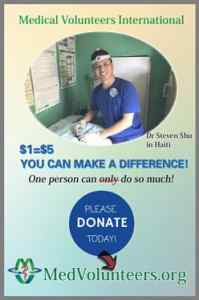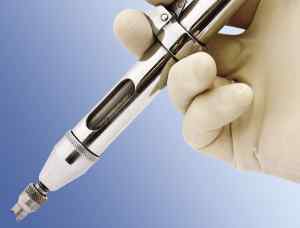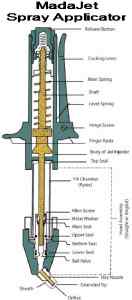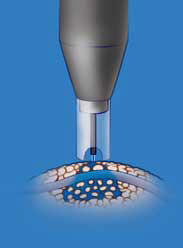First, it’s important to distinguish patency rate and pregnancy rate. Patency rate refers to the likelihood of the vas deferens remaining open and providing unobstructed flow of sperm cells. High patency rate means that flow is unobstructed and sperm has a high likelihood returning to fluid. Pregnancy rate refers to likelihood of pregnancy. Pregnancy rates are lower than patency rates, as there are multiple factors that affect pregnancy.
One reason is abnormal sperm quality. Some men might just have low sperm quality to begin with, which a vasectomy reversal alone would not be able to fix, no matter how unobstructed the vas deferens is. Options for those wanting to have children with this condition include IVF or a trial of steroids and lycopene supplement.
Another common reason for failure is anti-sperm antibodies, which immobilize sperm. These antibodies are typically found in the blood, so it is not common to find it in seminal fluid. Studies suggest 8-21% of men that have not had a vasectomy have anti-sperm antibodies in their fluid. By contrast, studies on vasectomized men show that 50-80% of men develop concentrations of these antibodies after the first year post-vasectomy. It is unclear how much this affects fertility after a reversal, as there have not been many studies done that confirm it, and there is not a surefire method of testing for antibodies in the semen either.
Another possibility is simply scarring, which is not uncommon but possible as a result of vasectomy reversal. It can be treated with anti-inflammatory medication and/or repeat of the procedure. Even if none of these affect you, those who have had vasectomies for a very long time may experience epididymal dysfunction (e.g. the ability for sperm to move through the epididymis), which will either clear up on its own, or may require that you use IVF.
Finally, many times it is the female partner that results in low pregnancy rates. Women over 35 experience a drop in fertility, which may be one reason why there is a discrepancy between patency and pregnancy rates.








